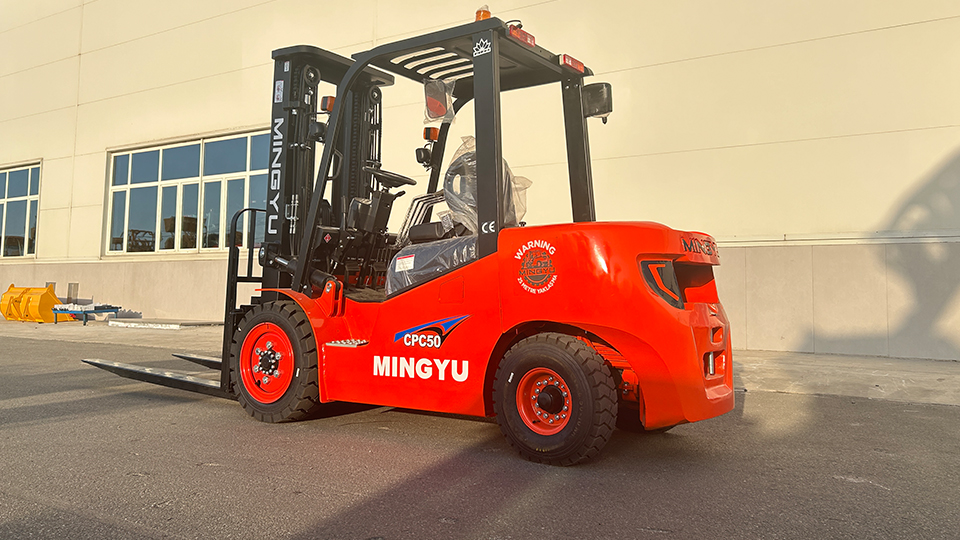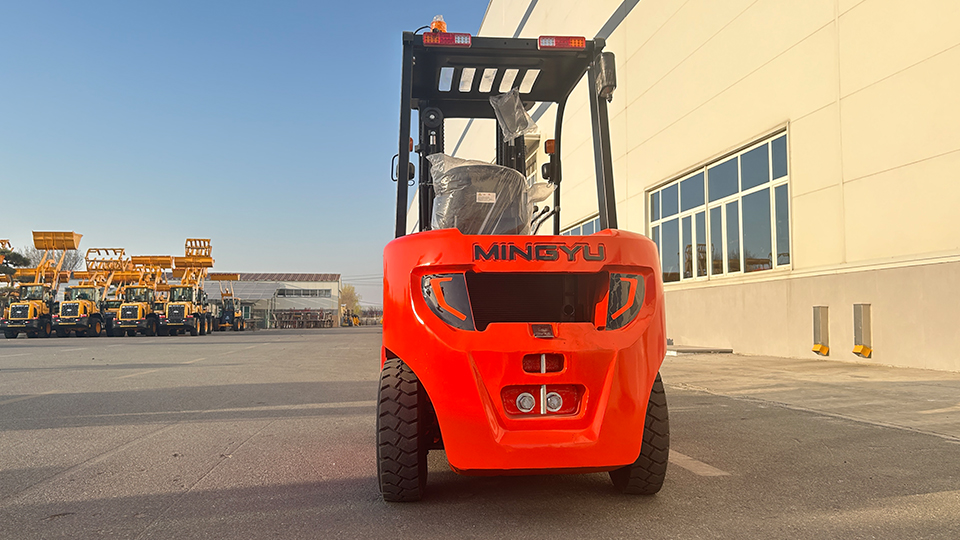
Navigating the Tines: A Comprehensive Guide to Obtaining Your Forklift License
The forklift, a workhorse of warehouses and construction sites, demands skilled and certified operators. Acquiring a forklift license, more accurately a certification, is not merely a formality; it's a crucial step in ensuring safety and efficiency in material handling. This article delves into the intricacies of obtaining a forklift license, outlining the necessary steps, regulations, and best practices for aspiring operators.
Understanding Forklift Certification vs. Licensing:
It's important to clarify the terminology. While commonly referred to as a "forklift license," the official term is "forklift certification." Unlike a driver's license, which is issued by a government agency, forklift certification is typically provided by private training organizations or employers. This certification demonstrates that an individual has successfully completed the necessary training and evaluation to operate a forklift safely and competently.
Regulatory Framework and Standards:
In many jurisdictions, including the United States, the Occupational Safety and Health Administration (OSHA) sets the standards for forklift operator training and certification. OSHA's Powered Industrial Trucks standard (29 CFR 1910.178) outlines the requirements for training, evaluation, and certification of forklift operators. Other countries and regions have their own regulatory bodies and standards, which may vary.
Essential Steps to Obtaining Forklift Certification:
The process of obtaining forklift certification typically involves several key steps:
Choosing a Training Program:
Select a reputable training provider that offers comprehensive instruction and meets OSHA or equivalent standards.

Consider the type of forklift you'll be operating, as training may vary for different classes of forklifts (e.g., sit-down rider, stand-up reach, pallet jack).
Evaluate the training provider's facilities, equipment, and instructor qualifications.
Look for programs that offer both classroom instruction and hands-on practice.
Completing Classroom Instruction:
Classroom instruction covers essential topics such as:
Forklift operation principles
Vehicle inspection and maintenance
Load capacity and stability
Safe operating procedures
OSHA regulations and standards
Hazard identification and avoidance
Site-specific safety rules
Hands-On Practical Training:
Practical training involves operating the forklift under the supervision of a qualified instructor.
Trainees practice maneuvering the forklift, lifting and moving loads, and navigating various warehouse or worksite conditions.
Hands-on training should include:
Pre-operation inspection
Basic maneuvering (forward, reverse, turning)
Load handling (picking up, moving, placing)
Operating in confined spaces
Operating on ramps and inclines
Simulated work scenarios
Evaluation and Assessment:
Upon completion of training, trainees undergo an evaluation to assess their knowledge and skills.
The evaluation typically includes a written exam and a practical driving test.
The practical test assesses the trainee's ability to operate the forklift safely and efficiently.
Certification Issuance:
Successful completion of the training and evaluation results in the issuance of a forklift certification.

The certification typically includes the operator's name, the date of certification, and the type of forklift they are certified to operate.
Many employers will also provide site specific training, and certify operators for their location.
Employer-Specific Training:
Even with a general forklift certification, employers are required to provide site-specific training.
This training covers the specific hazards, procedures, and equipment used at the workplace.
This is a key part of OSHA’s regulations.
Renewal and Refresher Training:
Forklift certifications typically have an expiration date, often every three years.
Operators must undergo refresher training and evaluation to maintain their certification.
Refresher training ensures that operators stay up-to-date on safety regulations and best practices.
Refresher training is also required after safety violations, or if an operator is involved in an accident.
Types of Forklift Certifications:
Forklift certifications are often categorized based on the type of forklift being operated. Common classes include:
Class I: Electric Motor Rider Trucks: These include sit-down rider forklifts used in warehouses and distribution centers.
Class II: Electric Motor Narrow Aisle Trucks: These include stand-up reach trucks and order pickers used in narrow aisle applications.
Class III: Electric Motor Hand Trucks or Hand/Rider Trucks: These include pallet jacks and walkie stackers.
Class IV: Internal Combustion Engine Trucks (Solid/Cushion Tires): These include sit-down rider forklifts used in indoor applications.
Class V: Internal Combustion Engine Trucks (Pneumatic Tires): These include sit-down rider forklifts used in outdoor applications.
Class VII: Rough Terrain Forklift Trucks: These are used in construction and outdoor environments.
Key Considerations for Choosing a Training Provider:
Accreditation and Recognition: Ensure the training provider is accredited by a recognized organization.
Instructor Qualifications: Verify that instructors have extensive experience and relevant certifications.
Training Facilities and Equipment: Evaluate the quality and condition of the training facilities and equipment.
Course Content and Duration: Review the course curriculum and ensure it covers all essential topics.
Cost and Payment Options: Compare prices and inquire about payment options.
Reviews and Testimonials: Read reviews and testimonials from previous trainees.
Maintaining Your Forklift Certification:
Regular Refresher Training: Attend refresher training sessions as required.
Stay Updated on Regulations: Keep abreast of changes in OSHA or equivalent regulations.
Practice Safe Operating Procedures: Adhere to safe operating procedures at all times.
Report Equipment Malfunctions: Report any equipment malfunctions or safety hazards to your supervisor.
The Importance of Safety:
Forklift operation can be hazardous if proper safety precautions are not followed. Obtaining a forklift certification demonstrates a commitment to safety and professionalism. By adhering to safety regulations and best practices, operators can minimize the risk of accidents and injuries.
Conclusion:
Obtaining a forklift certification is a crucial step for anyone seeking to operate these powerful machines. By following the outlined steps, choosing a reputable training provider, and prioritizing safety, aspiring operators can acquire the necessary knowledge and skills to navigate the tines with confidence and competence. Remember that certification is not a one time event, and maintaining your certification is just as important as getting it.
Name: selena
Mobile:+86-13176910558
Tel:+86-0535-2090977
Whatsapp:8613181602336
Email:vip@mingyuforklift.com
Add:Xiaqiu Town, Laizhou, Yantai City, Shandong Province, China